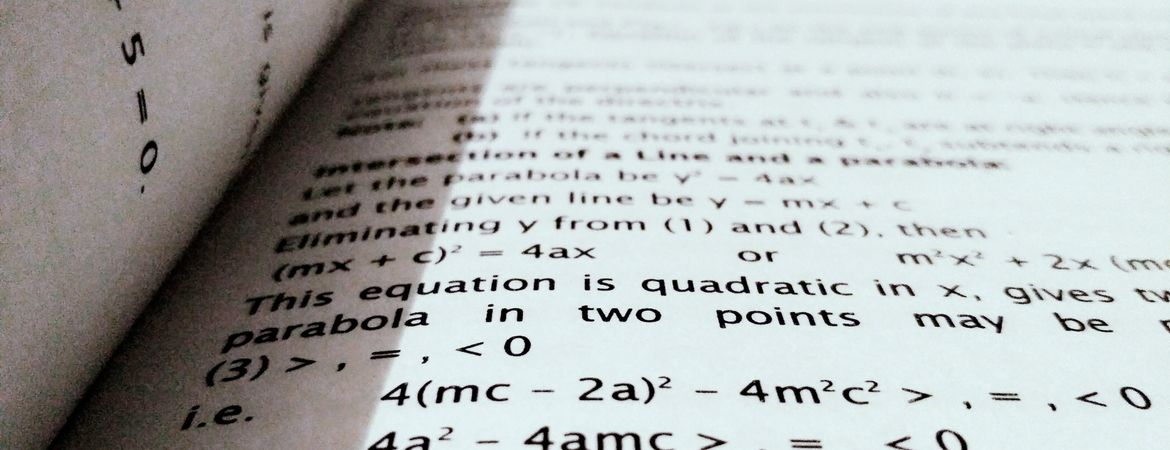Mathematics
At Trinity our Mathematics curriculum is designed to produce mathematicians with a highly developed sense of number and numeracy skill. This entitles our students to confidently form and manipulate algebraic arguments, in turn unlocking the door to success within the other main curriculum strands that they will meet – measurement, geometry and data analysis. A student’s journey through this curriculum is underpinned by carefully structured scaffolding and explicit teacher modelling of these essential skills. With the spiral nature of our scheme exposing students to ever widening and more complex content areas, these key number and algebra skills are foundational to the inner workings of these areas.
By the end of year 9, students’ will have met longer sequences of deeper learning within number and algebra, ordered with consideration of continuity, and mathematical links. Whilst this prepares students with an understanding that will support them in their future lives, we believe that every student is entitled to, and should be encouraged to enjoy the abstract aspects of maths, regardless of whether they will directly, or indirectly use them at a later stage. Pupils are taught in mixed prior attainment groups during Year 7 and 8 and will continue to build on the experiences and concepts that they have met in their primary curriculum, allowing them to transition smoothly to secondary school mathematics. Fundamental numeracy skills are at the heart of a weekly home learning routine, entitling our students to be able to tackle more abstract concepts as they move into GCSE maths.
GCSE Mathematics comprises three main strands – Number and Algebra, Geometry and Measures, Statistics and Probability. By the end of Year 11 all students have had the opportunity to apply their previous learning more broadly and deeply, culminating in them being able to reason and problem solve with a commanding fluency.
At A Level students study two main components – Pure Mathematics, where they will meet calculus, vectors, algebraic methods and trigonometry and then Applied Mathematics, comprising Statistics and Mechanics. The number of students applying to study A-Level Mathematics has steadily increased and we also offer Further Mathematics to extend our most able mathematicians.
SEND and Mathematics at Trinity
At Trinity It is an expectation that all lessons and wider resourcing has effective provision for students with SEND so that they are able to make equal progress to their peers. SEND data is analysed and used to inform planning and interventions where necessary.
In Mathematics, all teachers consider the needs of SEND students in three ways.
Firstly, teachers consider a ‘seating check’ In Mathematics. This means students sit in the most appropriate seat for their educational needs. This enables teachers to check for subject knowledge, gauge mathematical understanding and meet the individual needs of learners.
Secondly all resources are checked to ensure they are SEND friendly. In Mathematics this means that slide backgrounds are Dyslexia friendly, questions are sequenced logically, becoming sequentially more difficult. Answers are provided for feedback and any appropriate handouts are provided by subject teachers.
Finally, the way Mathematics is implemented at Trinity ensures all SEND students can make progress. This means teachers give clear models when demonstrating skills. They scaffold examples to give students the best chance of following and ensuring the difficulty increase is appropriate and does not overload. Class teachers gain feedback from all students via the use of mini-whiteboards and by checking the work of vulnerable students first. This allows teachers to intervene in the most appropriate way for any student.


